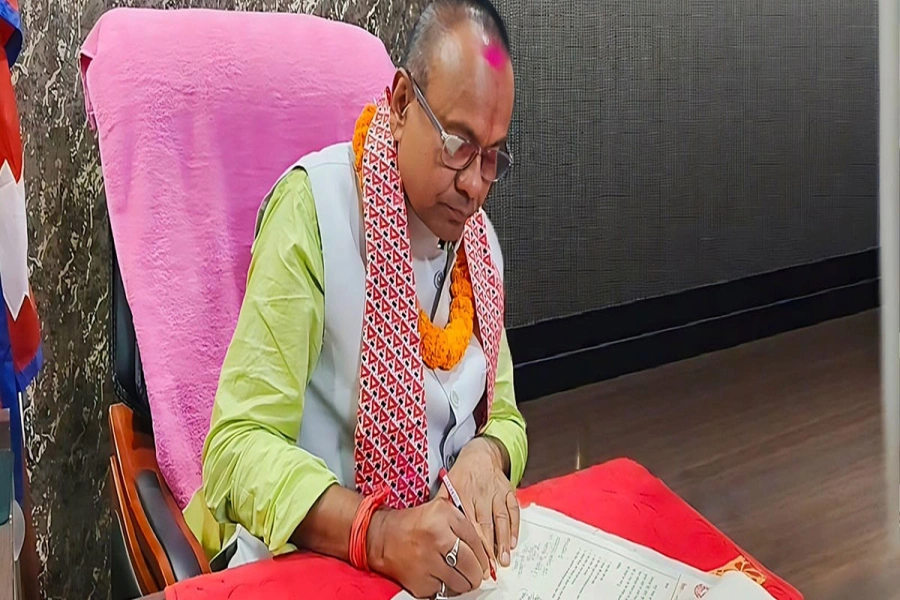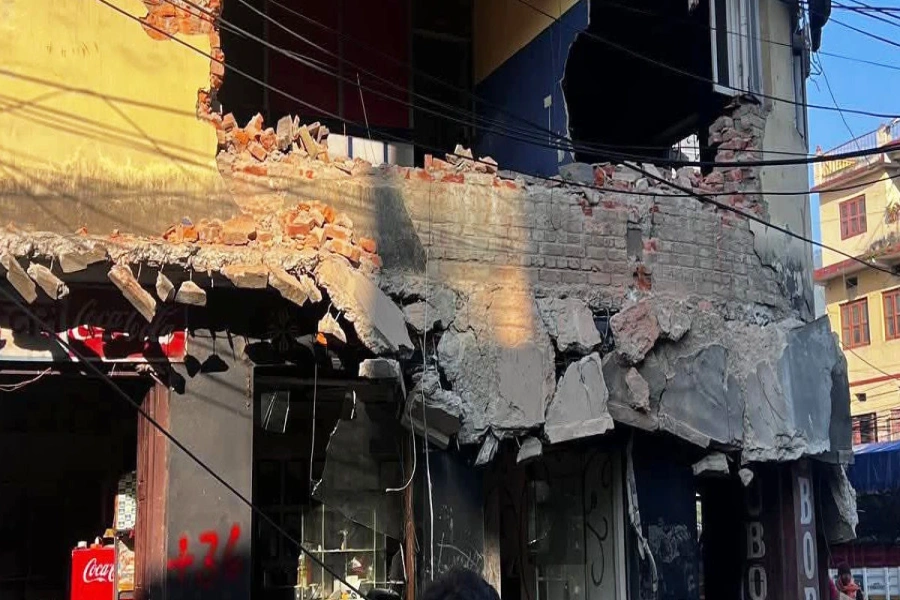KATHMANDU, July 16: The Embassy of India in Kathmandu extended a gesture of goodwill today as the Government of India gifted 34 ambulances and 50 school buses to organizations working in the fields of health and education in Nepal. The ceremony took place in the presence of Ambassador Naveen Srivastava and Ashok Kumar Rai, the Minister for Education, Science & Technology of Nepal, where the keys to the vehicles were handed over to the beneficiaries.
This act of generosity aligns with the long-standing tradition of the Government of India to provide ambulances and school buses to Nepal on significant occasions like Independence Day and Republic Day. This practice has been in place since 1994, reflecting the importance given to Nepal's health and education sectors by the Indian government.
India gifts 36 ambulances, six buses and books to 51 libraries

During the event, Ambassador Srivastava highlighted the Nepal-India Development Partnership Program and its role in supporting Nepal's efforts to improve infrastructure in the health and education sectors. He emphasized the ongoing partnership between the two countries, which has a historical legacy and widespread geographical coverage throughout Nepal. The ambassador expressed his hope that this assistance would contribute to Nepal's development journey, making a positive impact on the lives of its people.
Minister Rai expressed his appreciation for the ongoing developmental projects initiated by the Government of India in Nepal. He acknowledged the support provided by India, emphasizing its role in enhancing people-to-people connectivity and promoting bilateral relations between the two nations. The minister also acknowledged the wide-reaching nature of Indian assistance, which encompasses schools and health facilities across Nepal, from the Himalayas to the Terai region.
The latest donation adds to the total number of ambulances and school buses gifted by the Government of India to Nepal since 1994. These contributions aim to support Nepal's efforts in strengthening health and education facilities and improving physical access to these services.








































